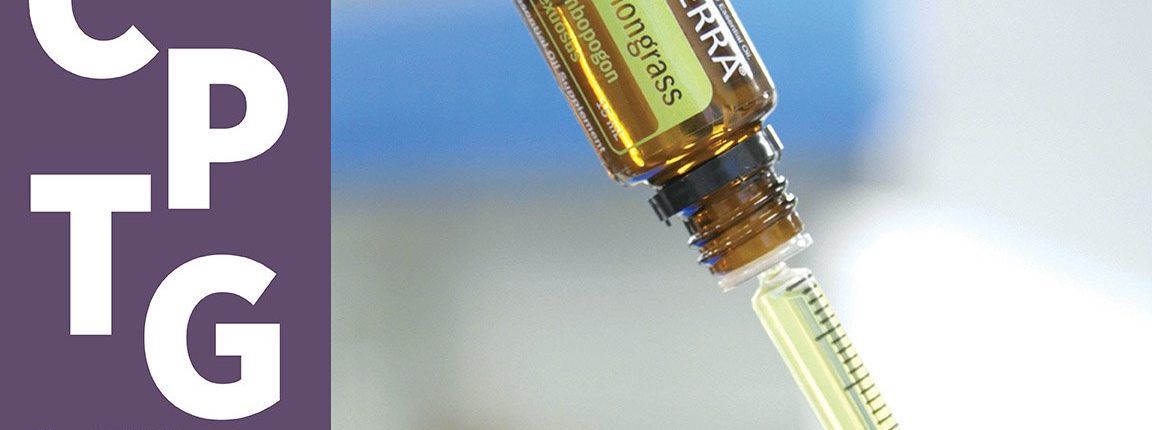TOPICAL
Topical application: Essential Oils and your skin
Topical application is a very effective method for applying essential oils. Because essential oils have low molecular weights and are lipid soluble, they easily penetrate the skin.
Once absorbed, they stay in the applied area for a localized benefit. Topical application is the process of placing an Essential Oil on
- the skin,
- mouth,
- hair,
- teeth,
- nails or
- mucus membranes of the body.
Skin application
Since Essential Oils are very potent. Some Essential Oils may irritate the skin or other area’s of the body. In these cases they are often diluted with a pure vegetable oil (carrier oil) like jojoba oil, coconut oil, almond oil etc.
Although essential oils are readily absorbed, there are many ways to increase absorption. Using a light massage will increase the blood flow to the area of application. Massaging also improves distribution throughout the body. Use of a carrier oil can also increase absorption. Especially in skin that is dry or flaky. The carrier oil also helps moisturize the skin and slows evaporation of the oil.
It’s always advisable to use several small doses throughout the day rather than a single large dose. Start with the lowest possible dose (1–2 drops). A topical dose can be repeated every 4–6 hours as needed. Because every individual is unique, the dose will vary for each individual based on size, age, and overall health status.
Beneficial Areas You Can Apply Essential Oils
- Neck
- Forehead and temples
- Chest and abdomen
- Arms, legs, bottom of feet
Sensitive Areas to be Avoided:
- Some facial areas, such as the skin around the eyes
- Eyes and inner ears
- Broken, damaged, or otherwise injured skin
Other Effective Methods of Topical Application
- Add a few drops of oil to a warm bath
- Make a hot or cold compress by soaking a towel or cloth in water, adding essential oils, and then applying to the desired area
- Add oil to a lotion or moisturizer and then apply to skin

